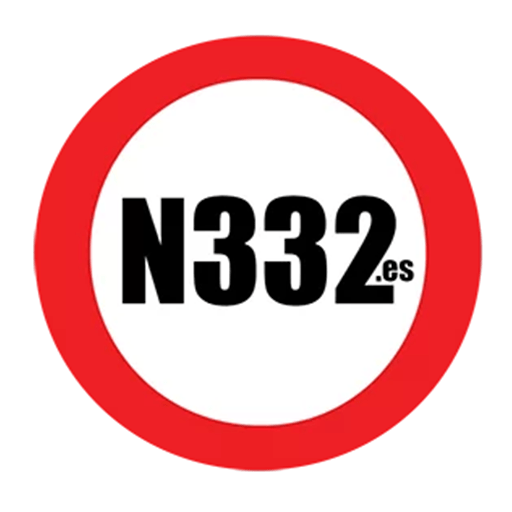The three-point seat belt, which is fitted as standard to most modern vehicles, has an upper (thoracic) and a lower band (pelvic). Both must be snugly fitting against the body. For the seat belt to offer maximum protection it must be on the hard parts of the body, leaning against the collarbone, halfway between the shoulder and neck at the top, and the iliac crest of the pelvis, never on the abdomen.
Accessories such as cushions or other additions should not be used. Once you have pulled the seat belt across your body and secured the strap in the locked position, make sure that the seat belt is not twisted at any point. If it is, undo the seat belt and remove the twists. Once secure, pull the seat belt so that it fits snugly against the body, with any slack being taken back at the top.
If the seat belt is not worn correctly, it can cause further problems in the event of a collision. For example, if the upper band is taken off the shoulder, it can cause a head impact with the windscreen, dashboard or seat in front. It can also produce cervical lesions.
If the belt is not firm around the body it can cause the vehicle to slide under the belt, casing lower body and spinal injuries. This is often referred to as the “submarine effect”. To prevent “submarining”, the vehicle occupants must also sit in a proper position when riding in the vehicle, with the seat belt securely fastened as mentioned, and without having any additions such as pillows or cushions which may contribute to the reduction of effectiveness of the seat belt.
There are other rules regarding children in cars. Primarily, children under 1.35 metres in height are not allowed to travel in the front seats and they most use an appropriate restraining system for their height and weight.
Discover more from N332.es - Driving In Spain
Subscribe to get the latest posts sent to your email.
